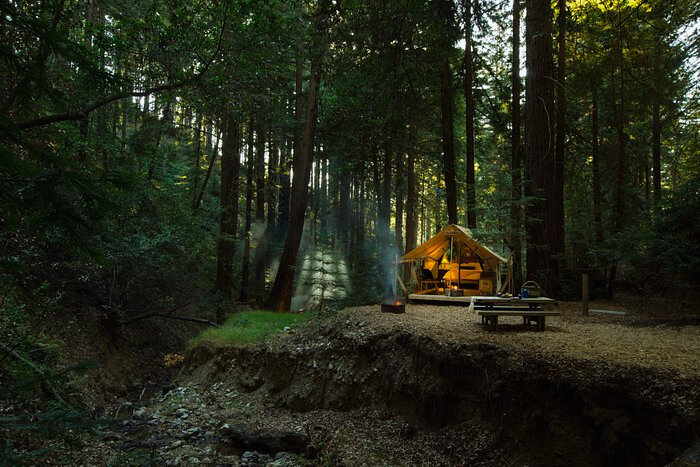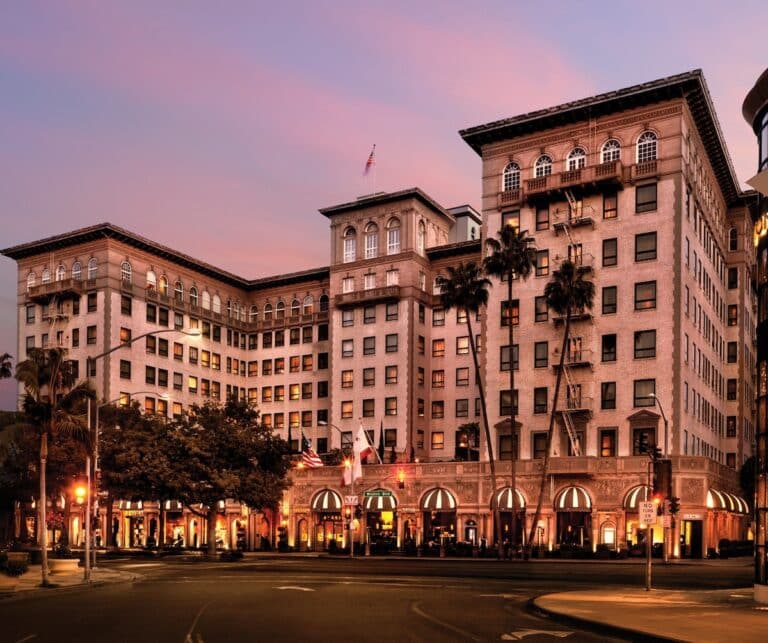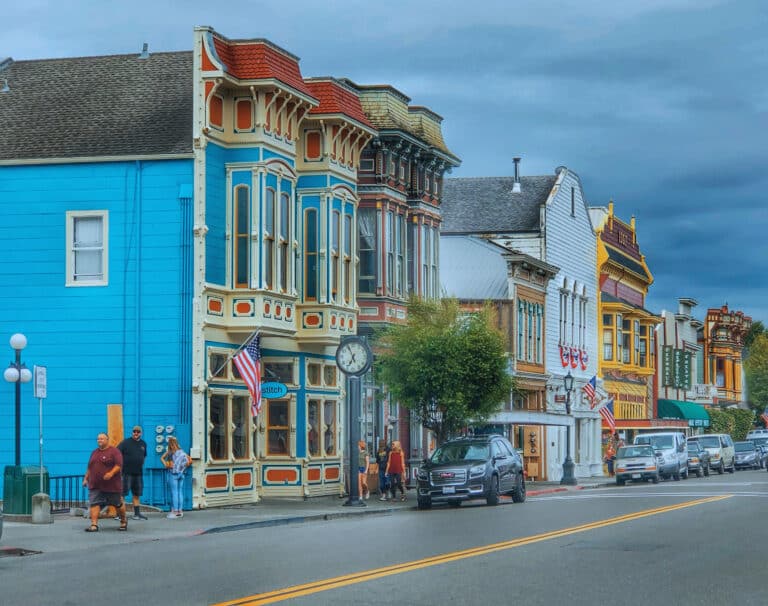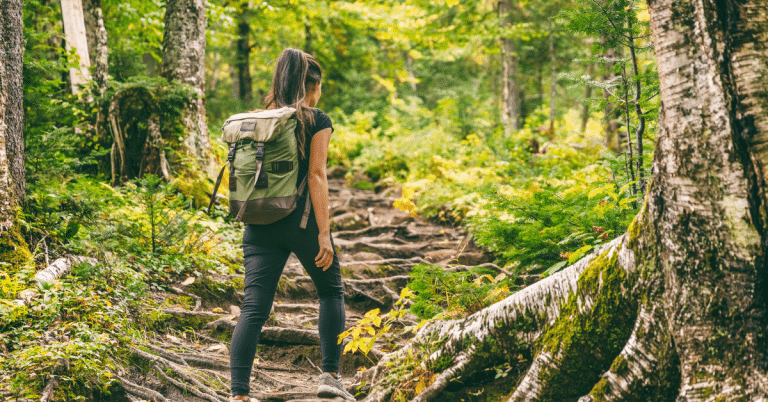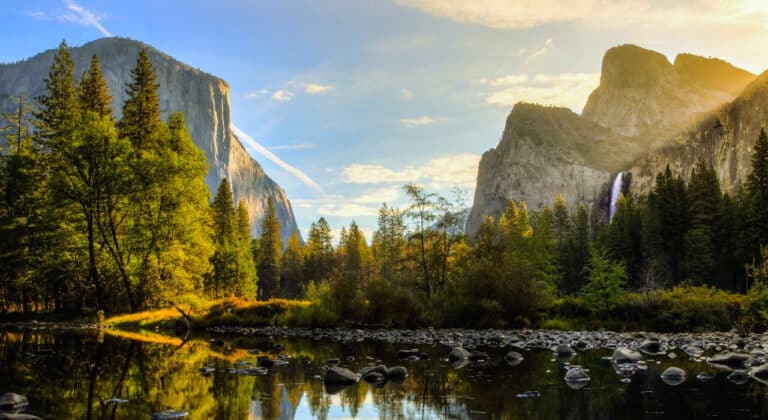12 US Destinations That Will Change How You See the World
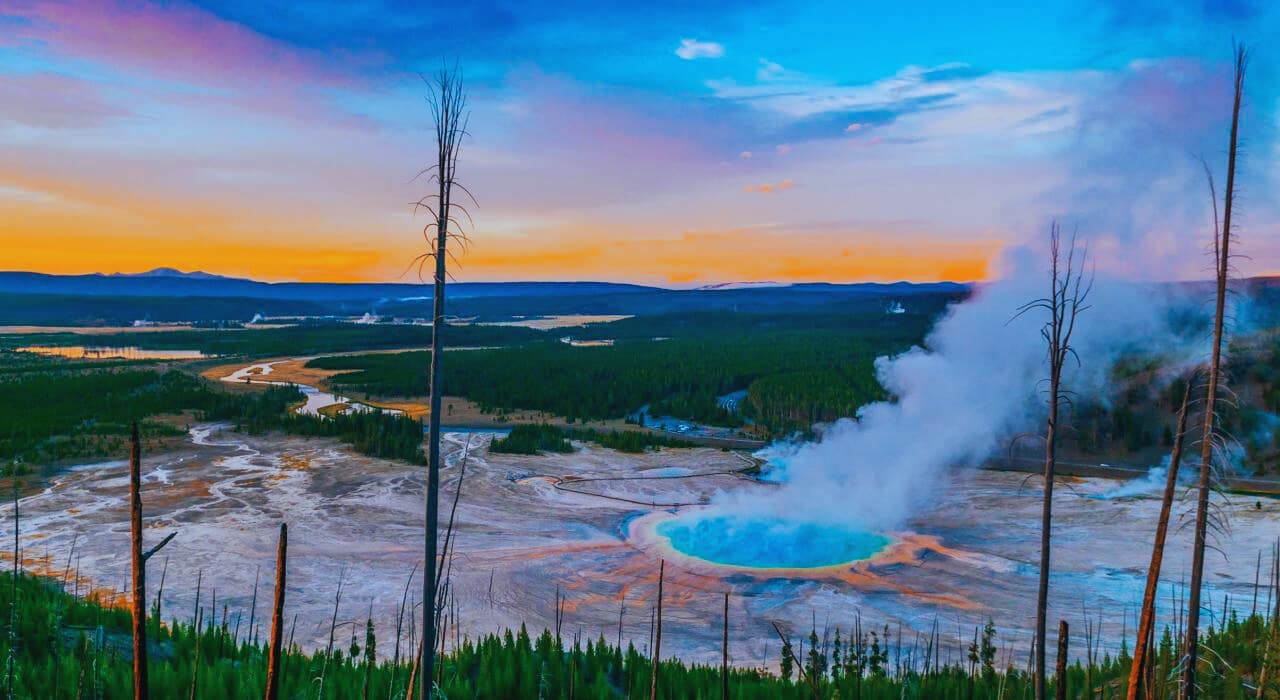
Some places leave you with a few nice photos. Others shake something loose in you.
They shift how you think—about history, about nature, about your place in all of it.
This list is full of those places.
Not just beautiful or iconic, but the kind of spots that stay with you long after you’ve left.
Let’s get into it.
Grand Canyon (Arizona)

The Grand Canyon doesn’t just impress you—it recalibrates you.
Staring into that mile-deep chasm, it becomes impossible to ignore how short life is and how long the Earth has been at work.
The silence hits harder than the view, which says a lot.
It’s the kind of place that makes everyday problems shrink.
You start thinking in centuries instead of hours.
Yellowstone (Wyoming, Montana, Idaho)

Yellowstone feels like the Earth showing off what it’s capable of.
Steam rises from boiling ground, colors glow in hot springs, and bison wander like they own the place—because they do.
It’s raw, unpredictable, and untamed in a way that reminds you nature isn’t here to entertain you—it exists with or without your attention.
There’s a lesson in humility everywhere you look.
This is one of those places that reconnects you to something bigger than yourself.
New Orleans (Louisiana)

New Orleans moves to its own rhythm, and it pulls you in whether you’re ready or not.
This city is built on layers—of culture, of music, of memory—and you can feel every one of them when you walk its streets.
It’s joyful, yes, but also heavy with history, and that contrast makes it unforgettable.
The resilience here isn’t loud; it’s woven into everything from the food to the brass bands to the way people gather.
New Orleans doesn’t just show you a different way of life—it makes you question why you ever thought there was only one.
Mesa Verde (Colorado)

Mesa Verde doesn’t whisper history—it carves it into cliffs.
The stone dwellings tucked into canyon walls are more than ruins; they’re proof of innovation, resilience, and community.
You’re not just looking at where people lived—you’re looking at how they adapted, how they thrived, and how they saw the world differently.
There’s a kind of quiet awe that settles in when you realize how much was built without modern tools, guided only by deep knowledge of the land.
It challenges everything you think you know about what “advanced” really means.
Selma to Montgomery Trail (Alabama)

The road from Selma to Montgomery is short on miles and heavy with meaning.
Following that route is like walking through the heartbeat of the Civil Rights Movement.
It’s not just history—it’s courage etched into pavement and bridge rails.
There’s power in seeing the places where people risked their lives to demand basic rights.
This trail forces you to stop, think, and ask yourself where you stand when it matters most.
Little Rock Central High School (Arkansas)
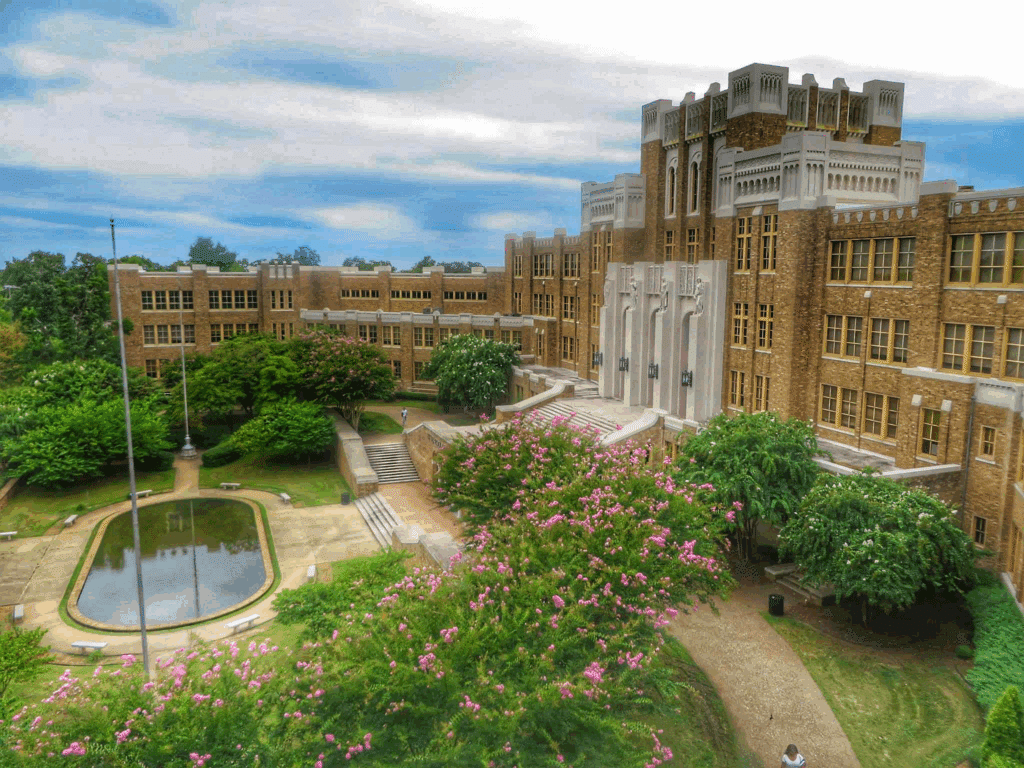
At first glance, it looks like a regular high school.
But when you know the story, everything about it feels louder.
This is where nine teenagers showed the world what real bravery looks like.
Walking past those doors, you’re reminded that progress often begins with people simply showing up—even when the world tells them not to.
The building stands as a challenge: what would you have done? What will you do now?
Tuskegee Airmen Site (Alabama)
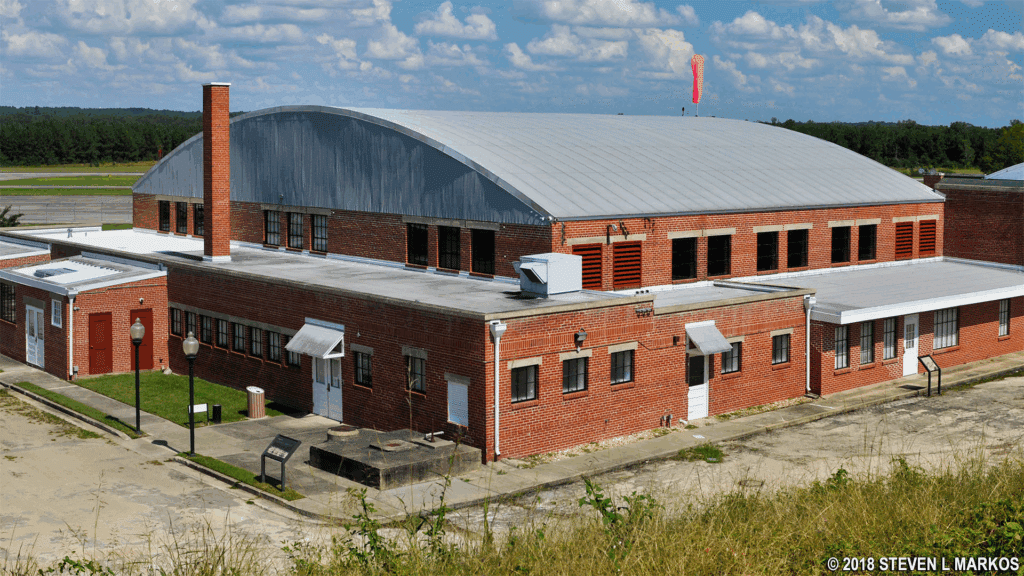
The Tuskegee Airmen weren’t just pilots—they were proof.
Proof that talent, discipline, and excellence can’t be boxed in by racism or low expectations.
Seeing the airfield where they trained and the hangars where they prepared for combat, the weight of what they overcame settles in.
It’s not just a military story—it’s a story about being seen, being underestimated, and then rewriting the narrative.
It leaves you thinking about how much brilliance goes unnoticed when systems are built to ignore it.
Redwood National & State Parks (California)

Walking among redwoods feels like stepping into a temple built by time.
These trees don’t rush—they’ve been growing for centuries, weathering storms and fires and still stretching higher.
The forest isn’t loud, but it demands your full attention.
Everything slows down, and suddenly the chaos of daily life feels optional.
It’s a place that reminds you stillness is strength.
Denali National Park (Alaska)

Denali is vast in a way that doesn’t translate until you’re in it.
There’s just tundra, mountains, sky—and you.
With no cities in sight and barely any roads, you start to notice how little you actually need.
The sheer scale of the land forces you to quiet down and listen.
In Denali, self-importance fades, and what’s left is clarity.
Everglades (Florida)

The Everglades aren’t loud or flashy—they’re subtle, slow, and alive in every direction.
You move through the water, not over it.
Every mangrove root, every heron, every ripple reminds you that ecosystems don’t work unless everything plays its part.
There’s no “main attraction” here—it’s all connected, all necessary.
You leave with a deeper sense of how fragile and powerful balance really is.
Hawaiʻi Volcanoes National Park (Hawaiʻi)

Here, the ground still moves.
You’re walking on lava that didn’t exist a decade ago, standing where the Earth remakes itself in real time.
The volcanoes aren’t just scenery—they’re sacred, alive, and unapologetically powerful.
You feel small, but not in a bad way.
More like: if the planet can keep starting over, so can you.
Statue of Liberty & Ellis Island (New York)

The Statue of Liberty isn’t just a symbol—it’s a welcome sign written in stone and flame.
And Ellis Island? That’s where hope waited in line.
Being there makes immigration feel personal, human, immediate.
It’s easy to talk about freedom in abstract terms—harder to ignore the faces and names that chased it here.
This place strips away the politics and leaves you with something simpler: the reminder that most of us come from people who left everything behind to begin again.
